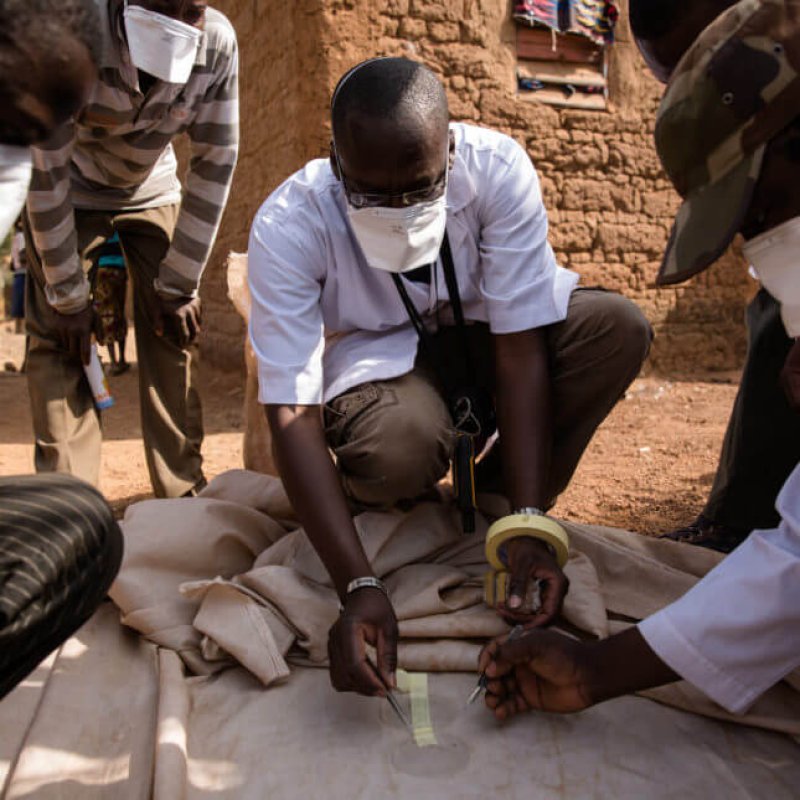This small village of [Bana] in West Africa might seem the least likely place for an experiment at the frontier of biology.
Yet scientists here are engaged in what could be the most promising, and perhaps one of the most frightening, biological experiments of our time. They are preparing for the possible release of swarms of mosquitoes that, until now, have been locked away…and guarded 24/7.
The goal: to [use gene drive to] nearly eradicate the population of one species of mosquito, and with it, the heavy burden of malaria across Africa.
…
No living thing — no mammal, insect, or plant — with a gene drive has ever been set free. But if all goes as planned, it might happen here, in a remote village…where the residents don’t even have a word for “gene.”
…
But scientists still face a challenge: making sure that people understand and accept the newfangled genetic technology behind it all. That means…explaining not only the impact of genetically engineered insects arriving in their homes, but also what genetics is in the first place.
…
Mariam Pare was initially frightened. A commanding woman who teaches in a Koranic school, Pare…feared that the scientists were breeding mosquitoes to let loose on the locals. But after meetings and discussions with project staff, she came to understand that they are instead trying to fight against the mosquito.
The GLP aggregated and excerpted this blog/article to reflect the diversity of news, opinion, and analysis. Read full, original post: In a remote West African village, a revolutionary genetic experiment is on its way — if residents agree to it































